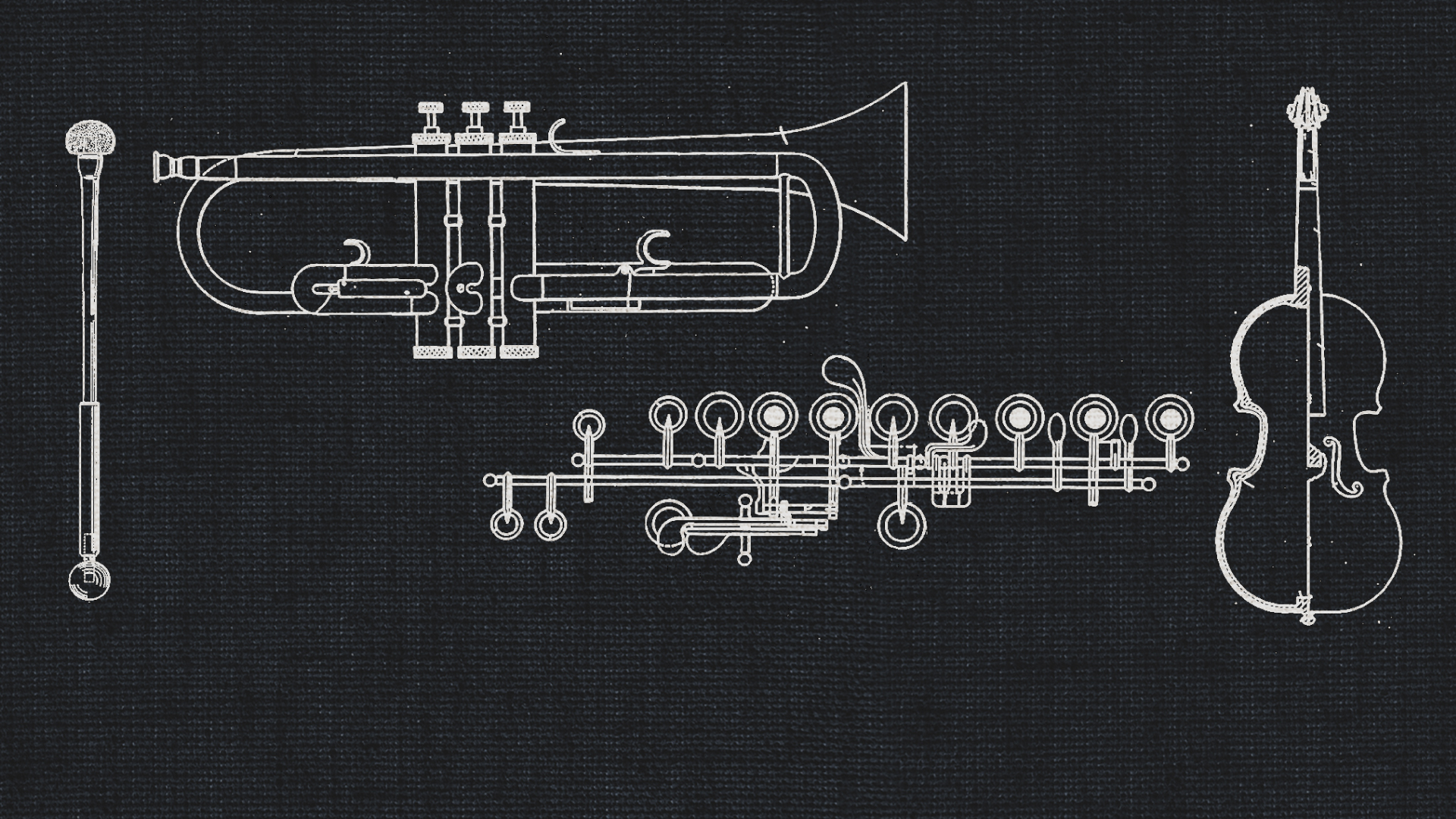Pictures At An Exhibition
To celebrate our new website in true musical style, we invited Jay Bacal, the grandmaster behind our VSL Masterpieces, to bring a preeminent work to life through our Synchron Libraries. From our point of view, and with a twinkle in our eyes, Mussorgsky's Pictures At An Exhibition can also be described as the first film music score. In one work, it sets a linear narrative and subjectively perceived visual image sequence to music.
Jay has worn many hats over the years including advertising writer, animation director, and video game designer. But his first and deepest love has been music — well, after his amazing wife, son, 2 cats and chihuahua of course! Dive into Jay’s latest masterpiece here.
Mussorgsky/Ravel: Mock-up by Jay Bacal using Synchron Series Libraries
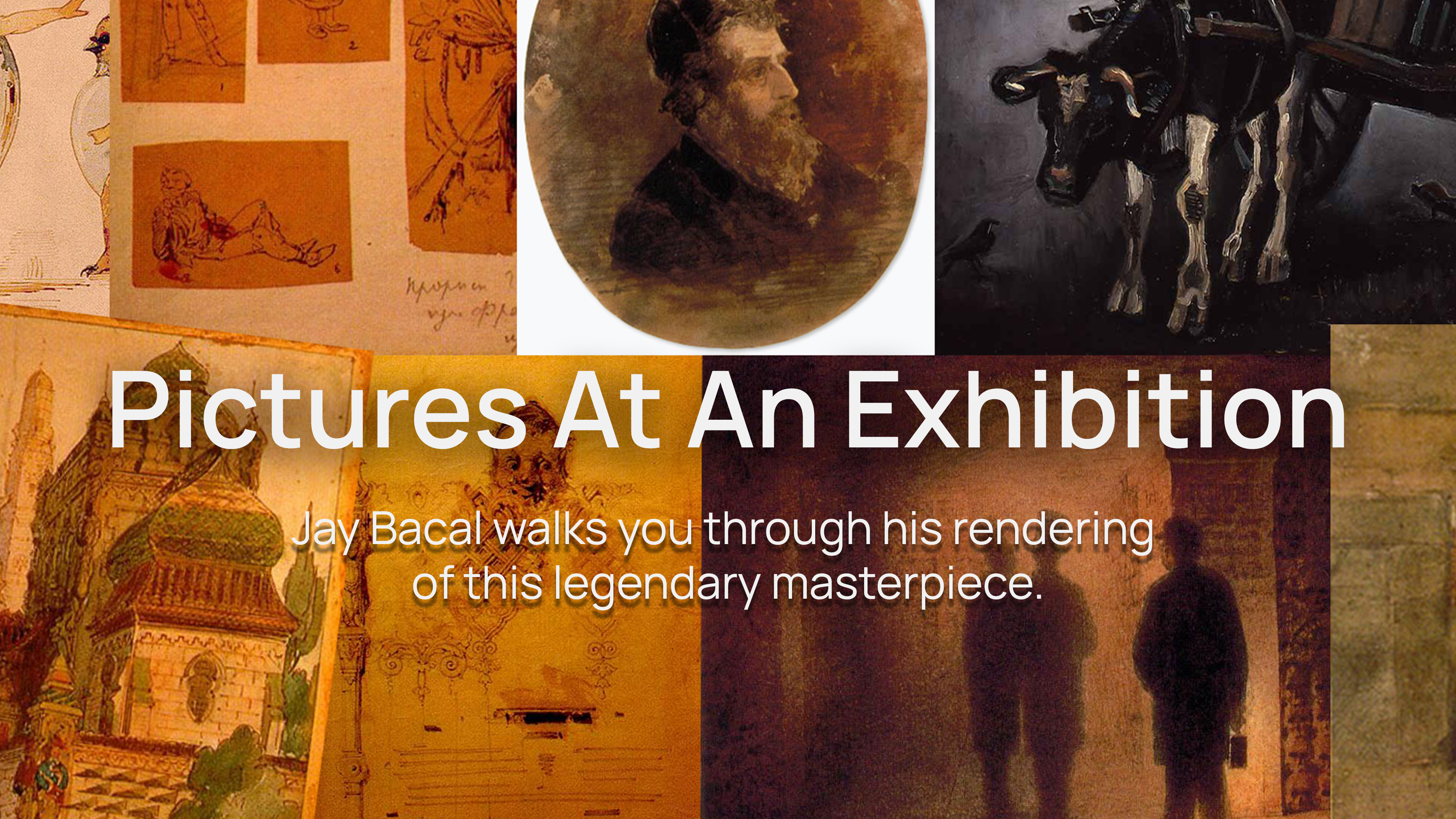
Mussorgsky uses a recurring musical motif in variations for musical transitions between some of the pictures called Promenade. It functions both as a bracket and as a transition and symbolizes the visitor to the exhibition.
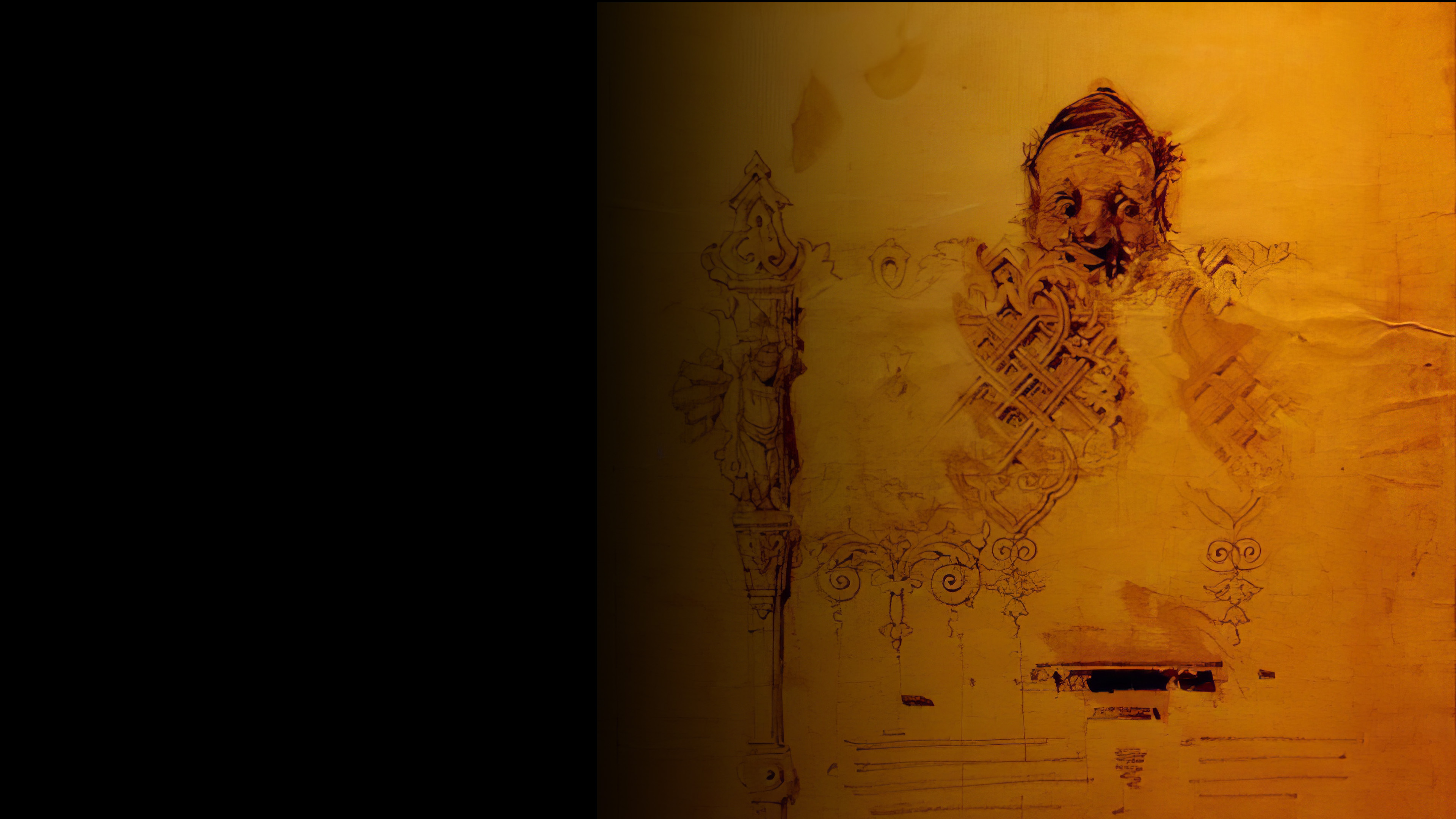
"... And this is not your garden variety, gnome-friendly little guy. The chatty lower strings and the screaming muted trumpets suggest a much more menacing scenario, and I don't think you want to meet this gnome." —Jay Bacal
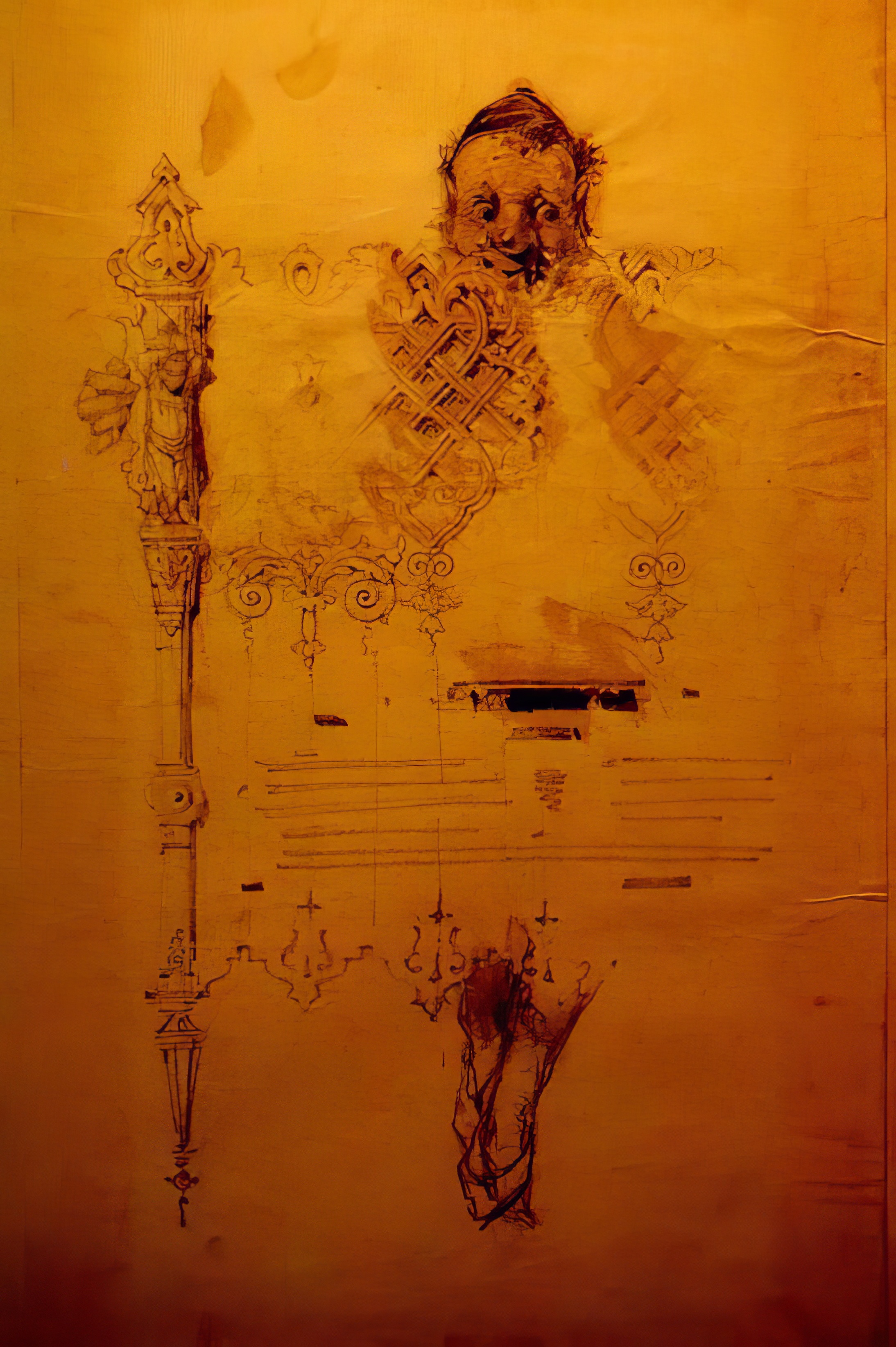
Mussorgsky uses a recurring musical motif in variations for musical transitions between some of the pictures called Promenade. It functions both as a bracket and as a transition and symbolizes the visitor to the exhibition.
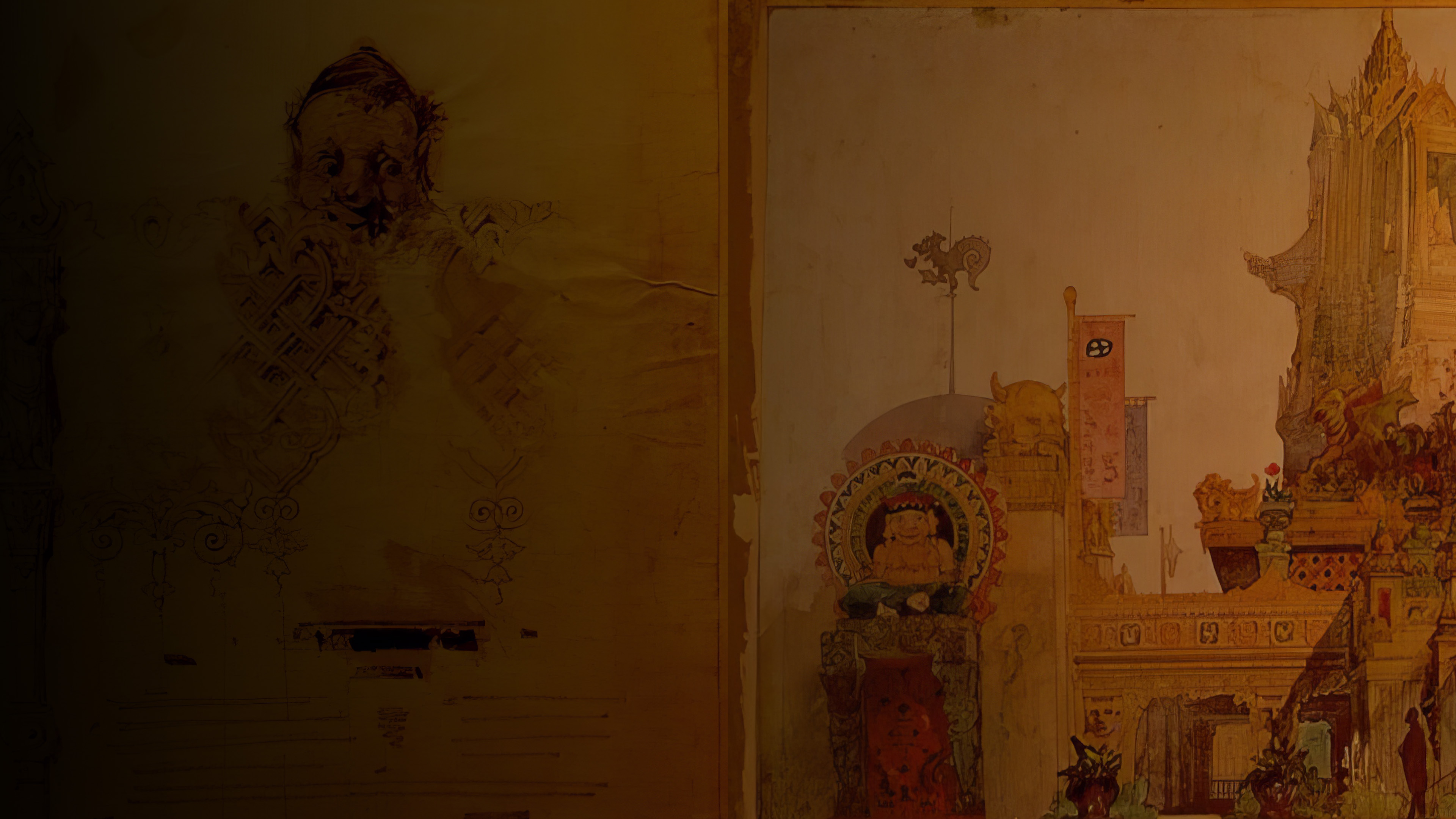
"It features a duet between the bassoon and the alto saxophone. Now, the alto saxophone is not frequently used in an orchestral context, and I think that this gives the whole movement a kind of exotic, slightly Arabian maybe, quality. The challenge for me in this movement was that the movement is generally on the quiet side, but I still wanted to give it some dynamic range." —Jay Bacal
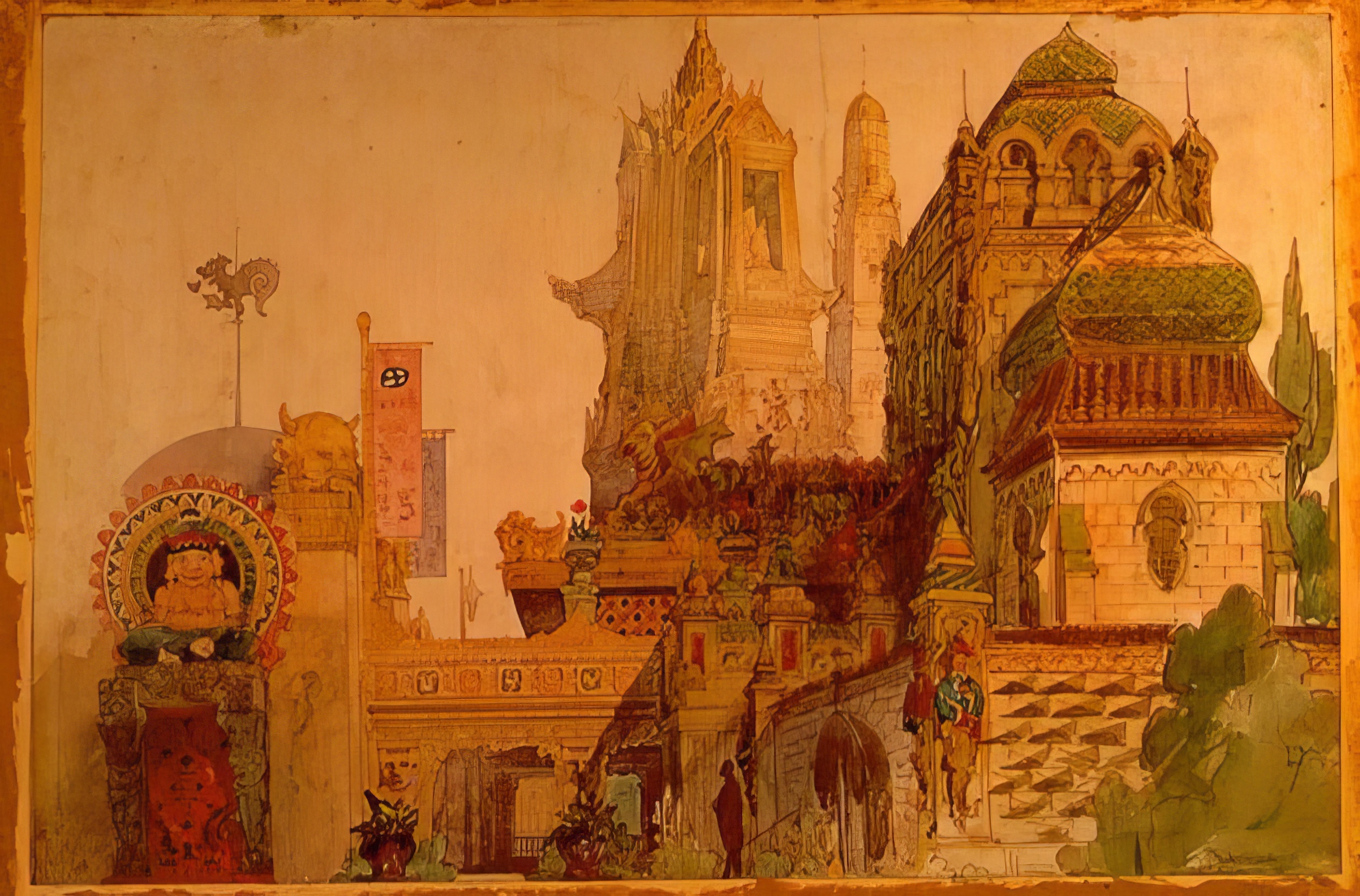
Mussorgsky uses a recurring musical motif in variations for musical transitions between some of the pictures called Promenade. It functions both as a bracket and as a transition and symbolizes the visitor to the exhibition.

"The next movement is named after the Jardin de Tuileries in Paris. And the original picture depicted children playing in the park and quarreling. But the repeating woodwind motif suggests to me more birds up in the trees of the park. Tell me what you hear." —Jay Bacal
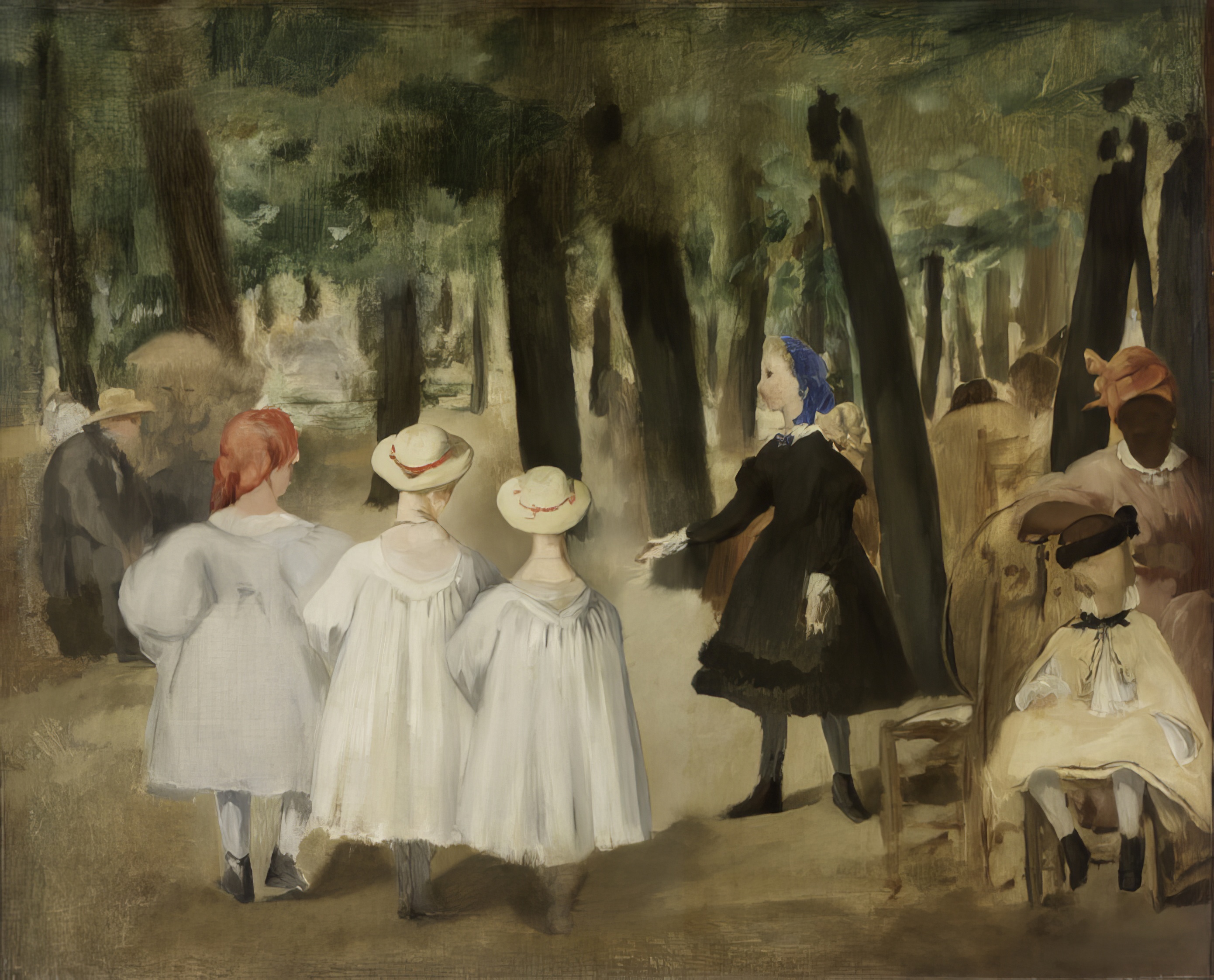
"The fourth movement roughly translates to 'The Oxcart.' Mussorgsky's original piano version began forte, but Ravel thought to change it and make it start piano, and he gave the melody to the tuba, which is surprising." —Jay Bacal
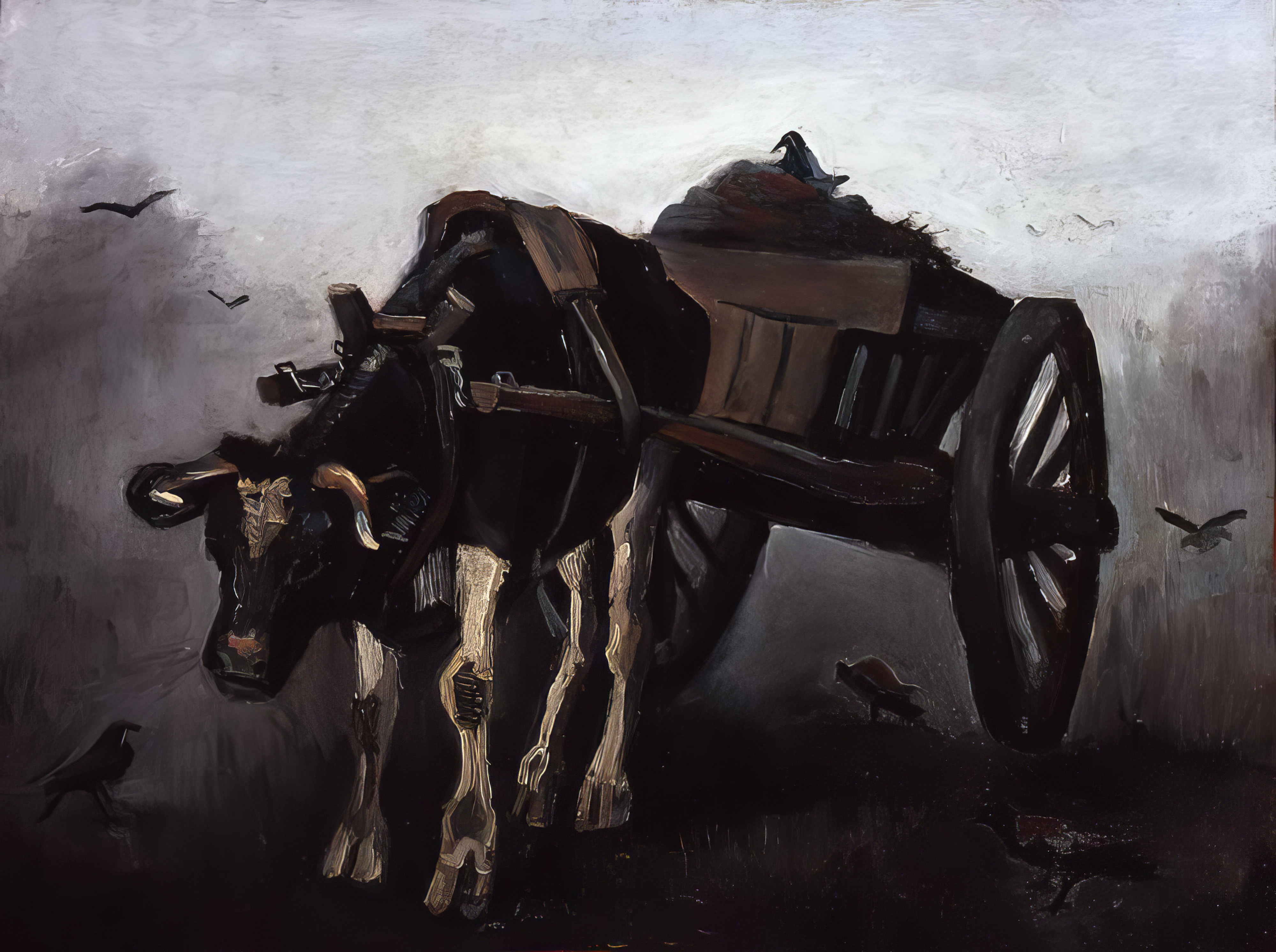
Mussorgsky uses a recurring musical motif in variations for musical transitions between some of the pictures called Promenade. It functions both as a bracket and as a transition and symbolizes the visitor to the exhibition.
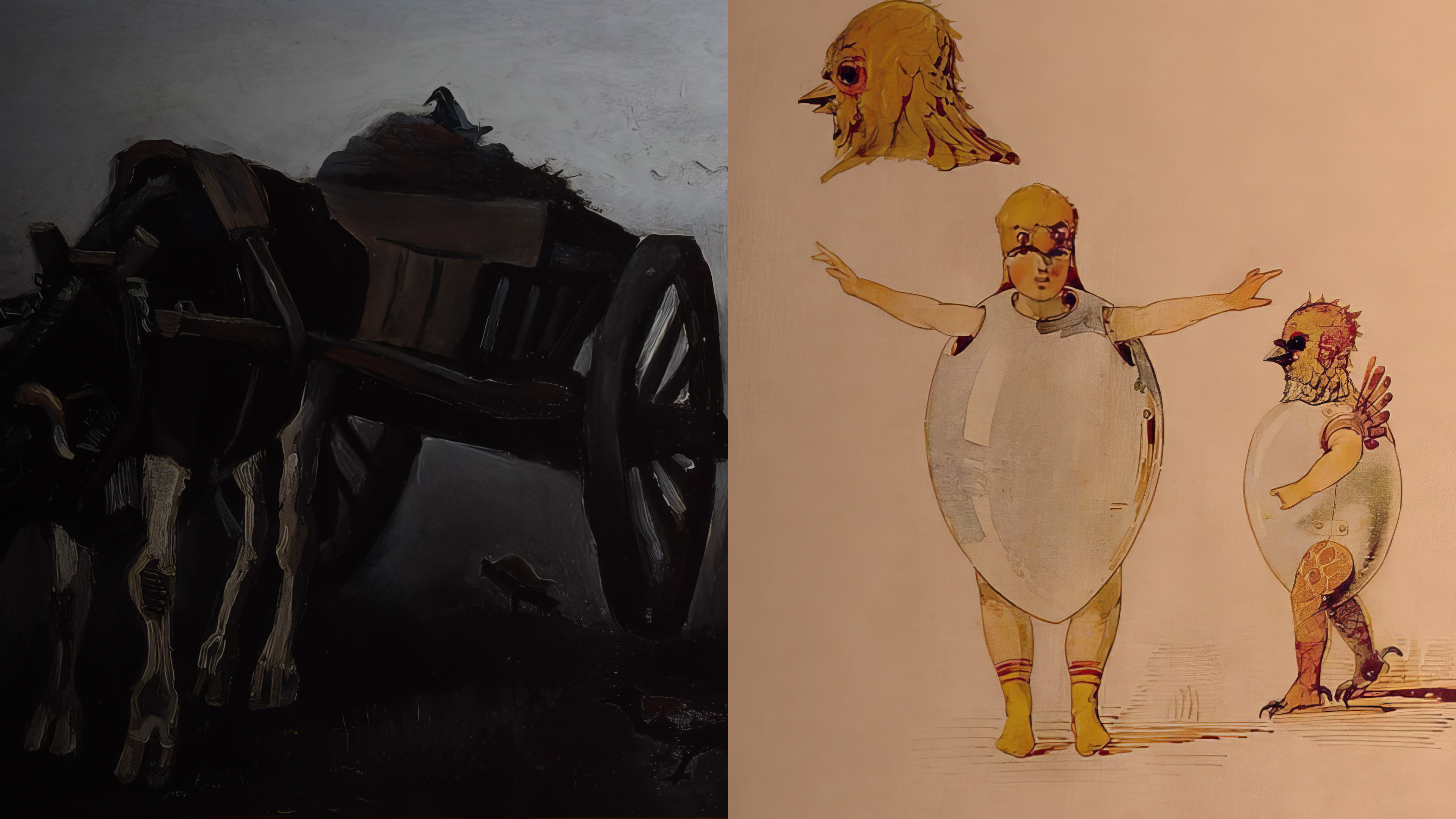
"The fifth movement is called The Ballet of the Unhatched Chicks. This is a humorous movement, very lively, and it reminds me of the cartoon music that later came in the Warner Bros. cartoons. I'm pretty sure they must have listened to this piece." —Jay Bacal
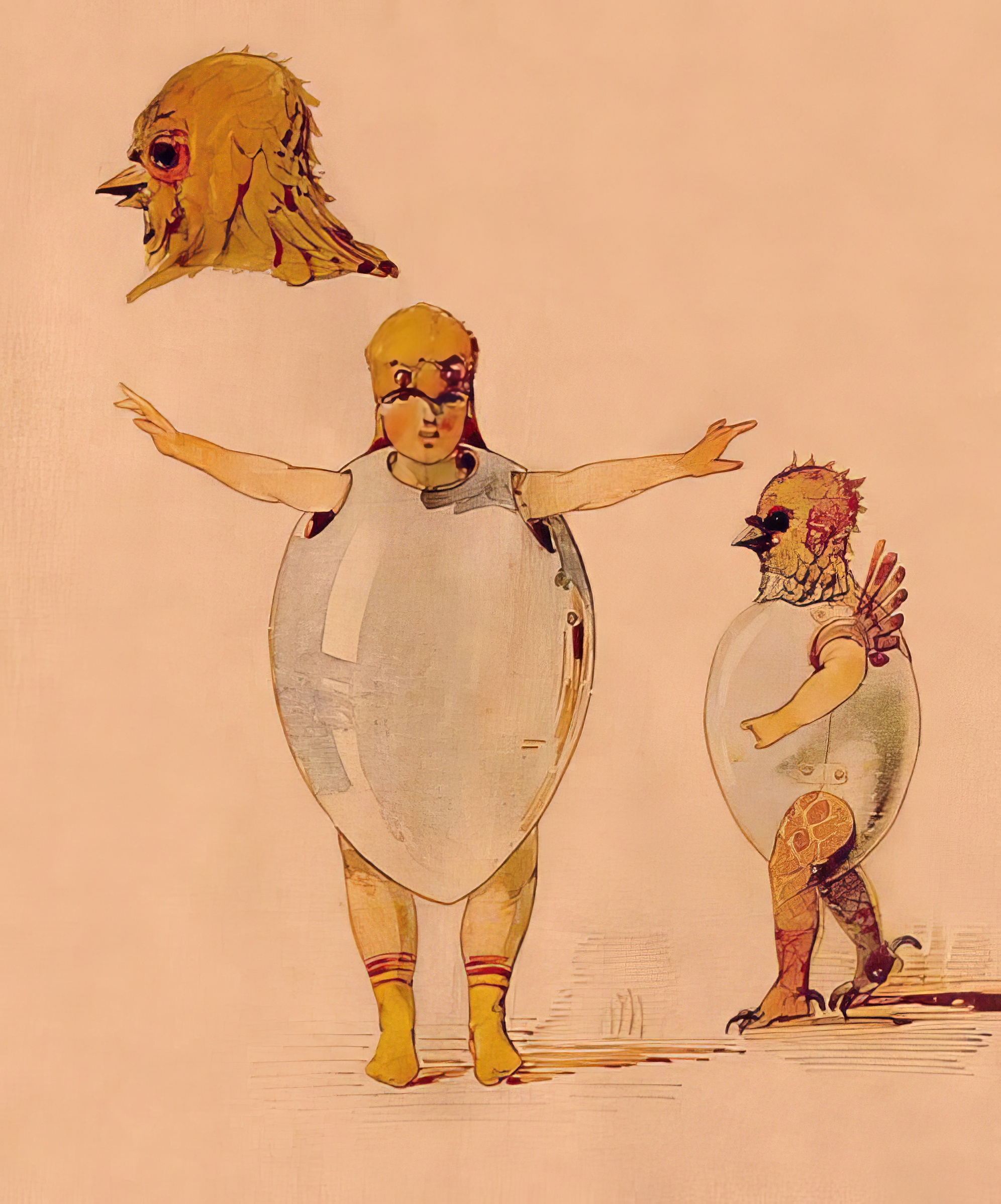
"Samuel Goldenberg and Schmuyle features two contrasting themes. The first theme, played by the strings, depicts a rich guy, pompous and full of self-importance. The second theme, played by the muted trumpet, depicts the poor guy with his relentless, annoying begging." —Jay Bacal
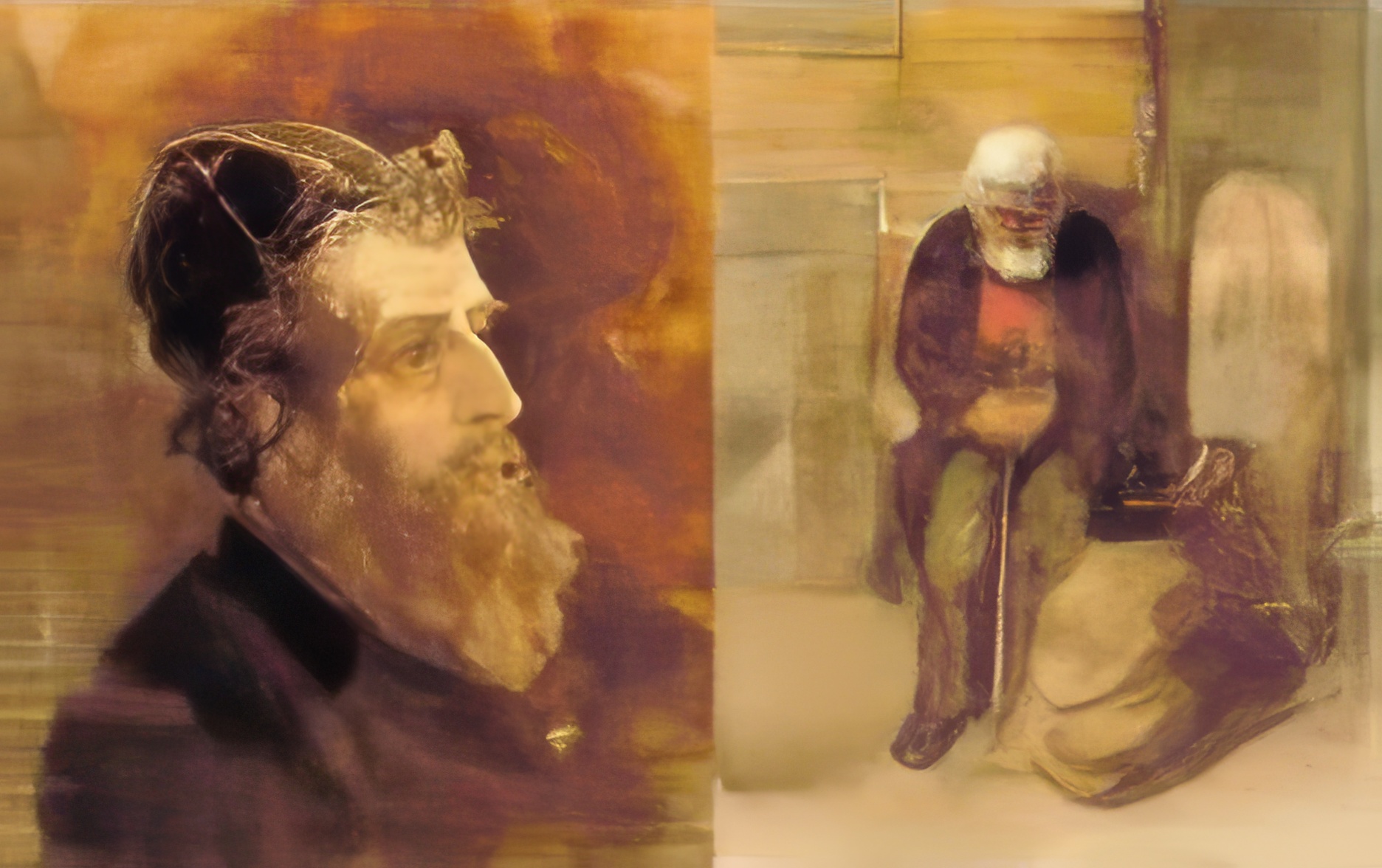
"The next movement is called Limoges: The Market, with all its activity, its gossiping, bargaining, and arguing. I like the ending especially. It goes into this kind of double time, almost, and it builds to this insane frenzy." —Jay Bacal
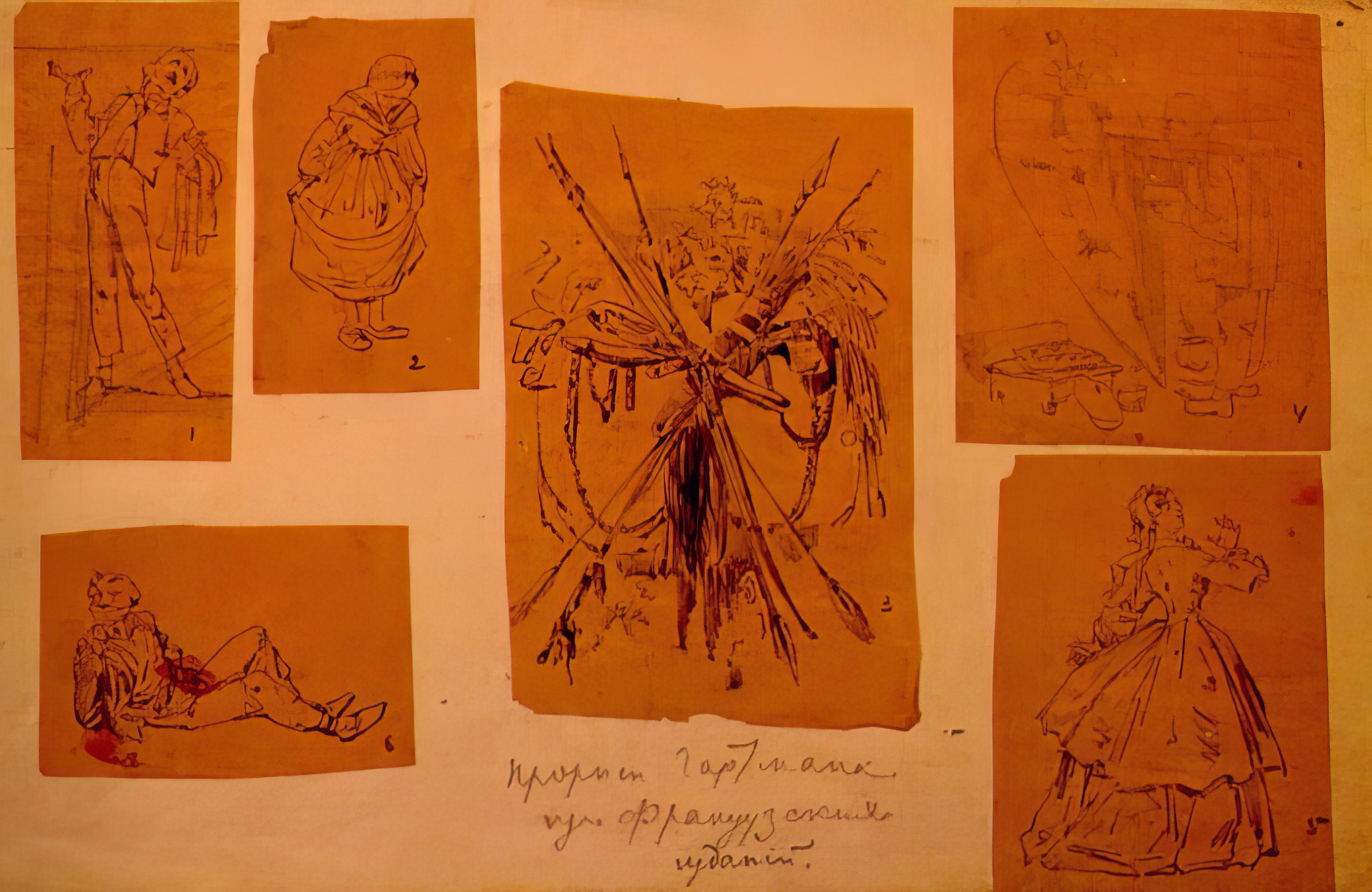
"The next movement is called The Catacombs, and it alternates between loud, dissonant chords and quieter spiritual passages. The loud chords come out of nowhere, and they're almost like a jump scare in a horror movie. So this passage may not be for the faint of heart." —Jay Bacal

"The Catacombs transitions to a movement entitled With the Dead in the Language of the Dead, which is a very strange title. This movement uses the theme of the promenade but arranges it in a way that's much more somber, with the strings playing tremolo and creating a very spooky atmosphere." —Jay Bacal

"The second-to-last movement, and my favorite, is called The Hut on Fowl's Legs. No, really. It's based on a story about a witch named Baba Yaga who lived in a house on chicken legs. When you listen to this piece, I'm convinced you can hear the witch whipping up all kinds of magical spells. So, as I said, this is my favorite one. Be sure to give this one a listen." —Jay Bacal
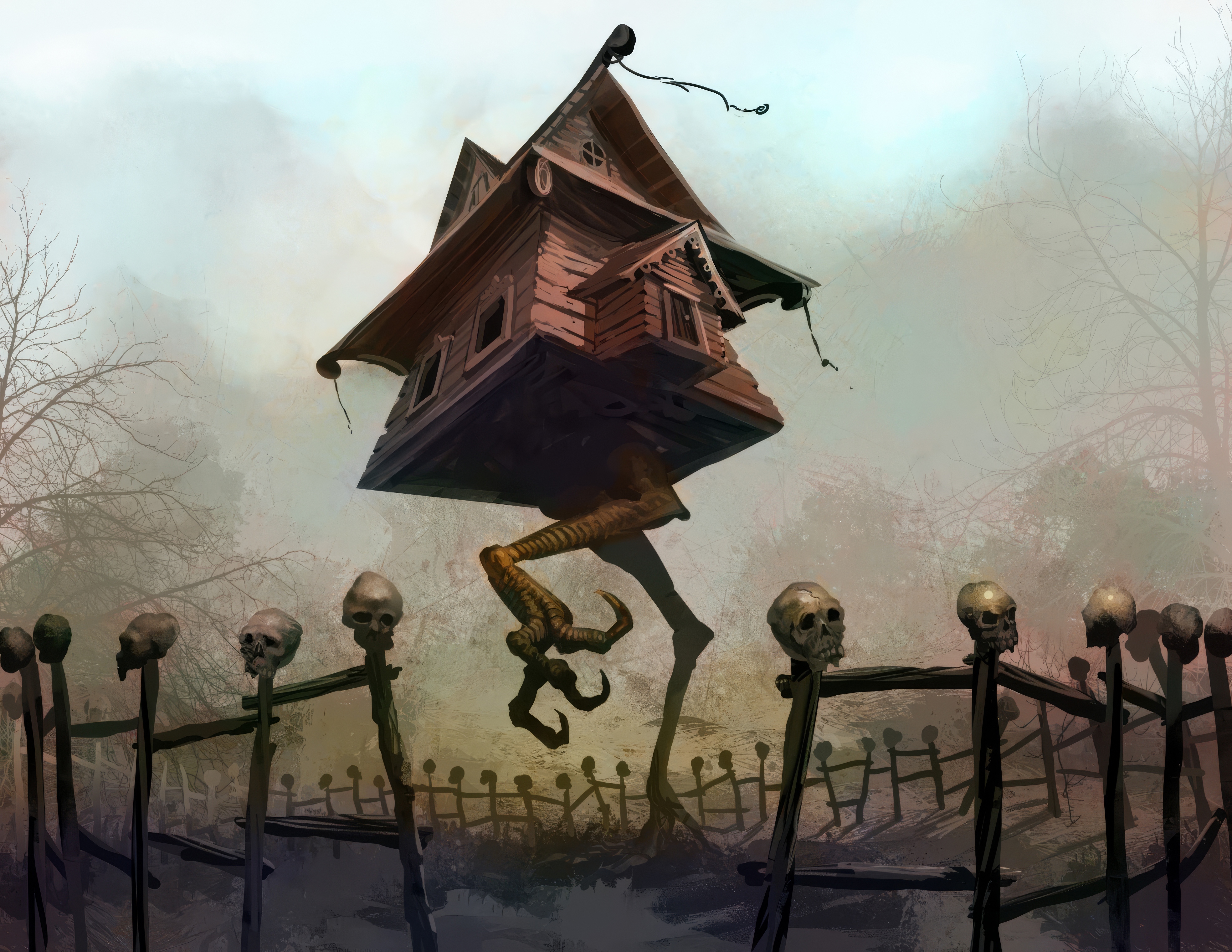
"The final movement is The Grand Gates of Kiev. This is a climactic celebratory fanfare, but Ravel breaks up this movement with two quieter interludes based on old Russian hymns. I think these quiet moments make the return of the loud fanfare even more impactful. By the very end, Ravel is using every instrument in his arsenal, including church bells and clashing cymbals." —Jay Bacal
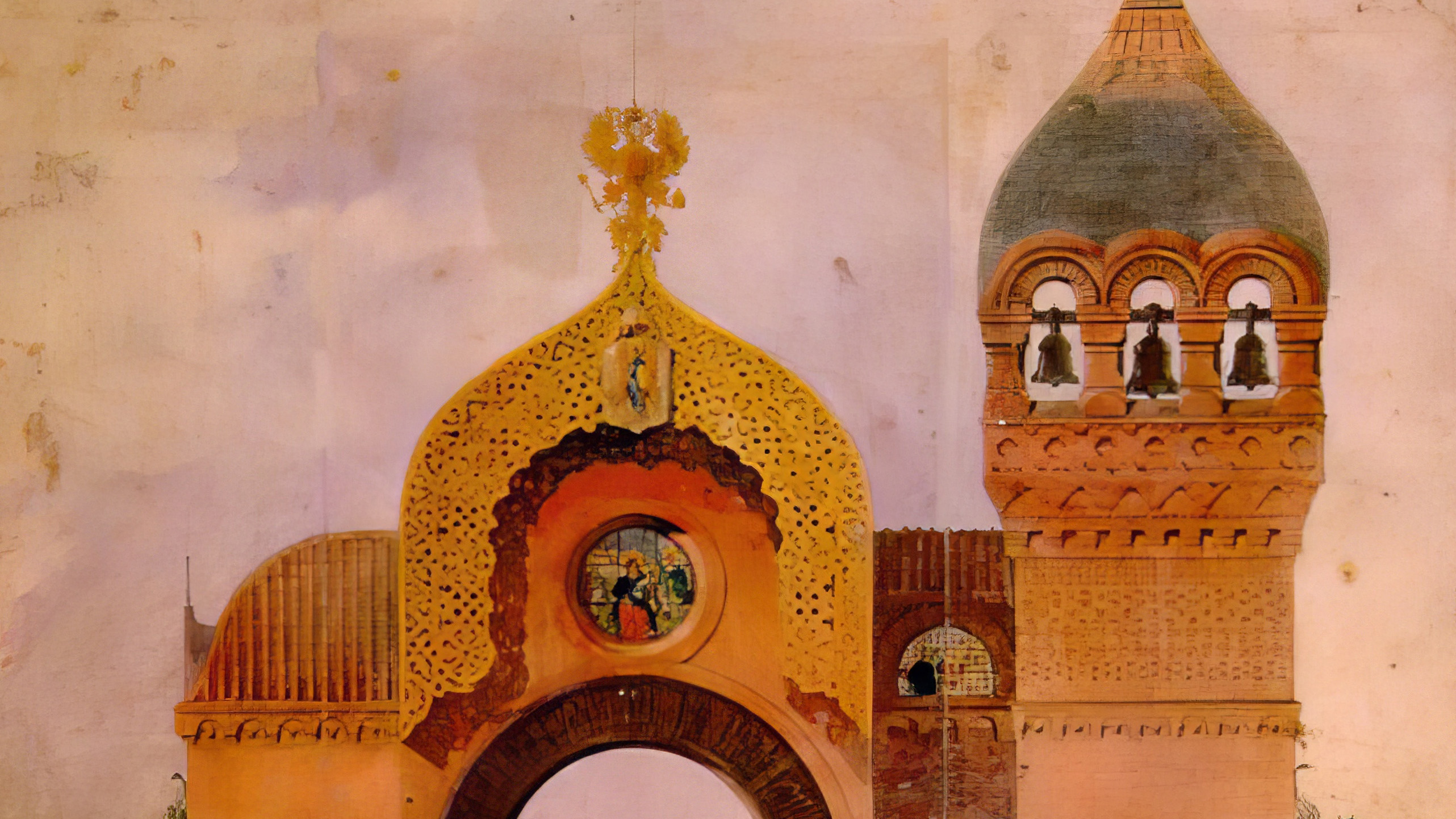
Audio Demos
Discover our Series

